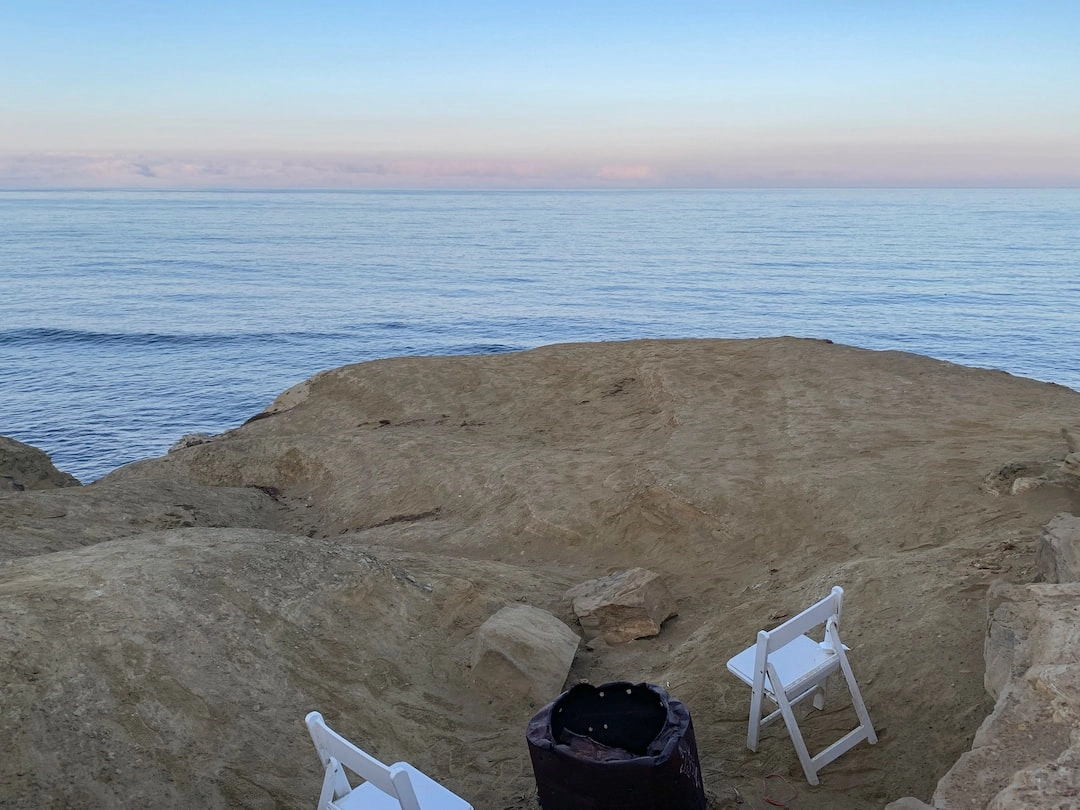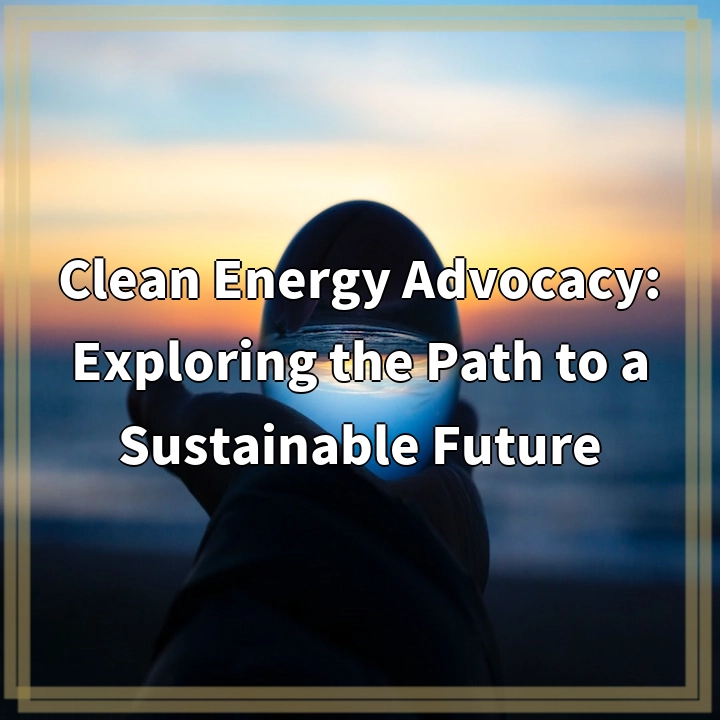
What is Upcycled Furniture Design?
Upcycled furniture design is a creative and sustainable approach to furniture production that repurposes discarded or unwanted materials into unique and functional pieces. It involves transforming old furniture or salvaged materials into new and improved designs, giving them a new lease of life.
Real-World Problems Associated with Upcycled Furniture Design
While upcycled furniture design offers many benefits, it also comes with its own set of challenges and limitations. These real-world problems include:
1. Sourcing Materials:
One of the challenges of upcycled furniture design is finding suitable materials for the project. Not all discarded items or salvaged materials may be suitable for repurposing into furniture. Designers need to invest time and effort in finding quality materials that can be transformed into functional and aesthetically pleasing pieces.
2. Structural Integrity:
Another real-world problem is ensuring the structural integrity of upcycled furniture. As designers repurpose old or discarded materials, they must consider the durability and stability of the final product. Ensuring that the upcycled furniture can withstand daily use and has a durable structure is essential to its functionality and longevity.
3. Design Compatibility:
Combining different materials and repurposing them into furniture requires careful consideration of design compatibility. The upcycled materials should harmoniously blend together and create a visually appealing and cohesive design. Achieving a seamless integration of various materials can be a challenge for designers, but it also offers an opportunity for creativity and innovation.
4. Limited Supply and Scalability:
Upcycled furniture design is often limited by the availability of suitable materials. The supply of discarded items or salvaged materials can be inconsistent, making it challenging to scale up production or create a large quantity of upcycled furniture pieces. This limitation can result in higher costs and limited accessibility of upcycled designs.
5. Perception and Market Demand:
Despite the growing interest in sustainable design, upcycled furniture may still face challenges in terms of market demand and perception. Some consumers still prefer new furniture over upcycled options, associating it with lower quality or an outdated aesthetic. Educating consumers about the value and benefits of upcycled furniture and changing perceptions is necessary for wider acceptance and market growth.
Despite these challenges, upcycled furniture design represents a creative and sustainable solution that promotes resourcefulness, reduces waste, and adds character to interior spaces. By addressing these real-world problems, designers and enthusiasts can further enhance the potential of upcycled furniture as a viable and environmentally-friendly design option.

Solutions to Real-World Problems in Upcycled Furniture Design
While upcycled furniture design faces challenges, there are several solutions that can be implemented to overcome these problems and promote sustainable and creative design:
1. Material Sourcing Strategies:
Implementing effective material sourcing strategies is crucial. Designers can establish partnerships with recycling centers, salvage yards, or local businesses to secure a consistent supply of quality discarded items and salvaged materials.
2. Structural Reinforcement Techniques:
To address concerns about structural integrity, designers can employ techniques such as reinforcing joints, using supportive materials, or incorporating innovative construction methods to ensure that upcycled furniture is strong, stable, and durable.
3. Thoughtful Design Integration:
Consideration of design compatibility is key. Designers can carefully select materials that complement each other in color, texture, and style. Additionally, experimenting with different techniques like blending materials, using contrasting elements, or emphasizing the unique characteristics of each material can result in visually stunning and harmonious designs.
4. Diversification of Material Sources:
To overcome limitations in material availability and scalability, designers can explore a wider range of sources for discarded items and salvaged materials. This could include partnerships with furniture manufacturers, construction sites, or even engaging in community initiatives to encourage recycling and upcycling.
5. Education and Awareness:
Addressing perception and increasing market demand for upcycled furniture requires educating consumers about the benefits of sustainable design. Designers and advocates can leverage social media, events, and collaborations to showcase the beauty, uniqueness, and positive environmental impact of upcycled furniture.
By implementing these solutions and continuously innovating in upcycled furniture design, we can foster a sustainable design approach that not only addresses real-world problems but also celebrates creativity and individuality.















